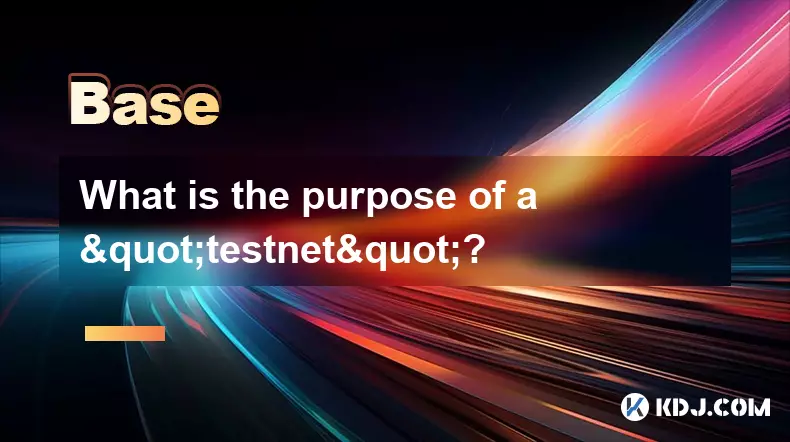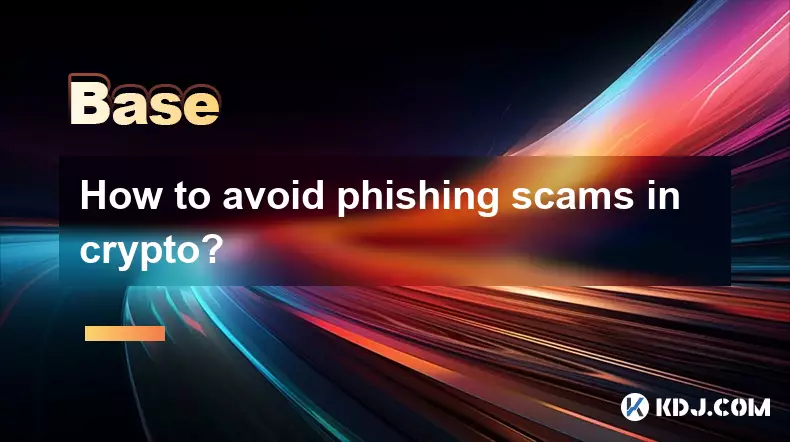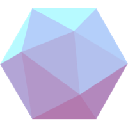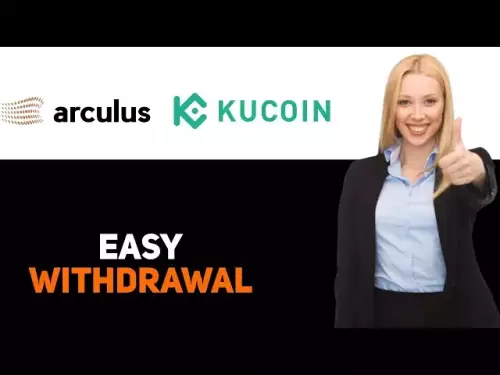-
 bitcoin
bitcoin $114684.631706 USD
-0.87% -
 ethereum
ethereum $4228.677447 USD
1.58% -
 bnb
bnb $1294.880693 USD
-1.16% -
 tether
tether $1.000819 USD
-0.02% -
 xrp
xrp $2.605138 USD
2.79% -
 solana
solana $209.908690 USD
5.89% -
 usd-coin
usd-coin $0.999903 USD
-0.03% -
 dogecoin
dogecoin $0.213423 USD
2.93% -
 tron
tron $0.322721 USD
-0.10% -
 cardano
cardano $0.727247 USD
3.66% -
 hyperliquid
hyperliquid $42.339456 USD
6.05% -
 chainlink
chainlink $19.910811 USD
5.16% -
 ethena-usde
ethena-usde $1.000557 USD
0.00% -
 stellar
stellar $0.349734 USD
2.69% -
 bitcoin-cash
bitcoin-cash $543.848687 USD
-0.21%
What is a crypto ATM and how do I use one?
A crypto ATM lets users buy or sell digital currencies like Bitcoin using cash or a debit card, offering a quick, physical gateway to cryptocurrencies.
Aug 29, 2025 at 01:42 pm

What Is a Crypto ATM?
1. A crypto ATM is a physical kiosk that allows users to buy or sell cryptocurrencies using cash or a debit card. Unlike traditional ATMs that dispense fiat currency, these machines facilitate transactions between digital assets and local money. These devices are connected to blockchain networks and enable real-time trades.
2. Crypto ATMs support a variety of digital currencies, with Bitcoin being the most commonly available. Some advanced models also allow the purchase of Ethereum, Litecoin, and other major tokens. The supported coins depend on the operator and the machine’s software capabilities.
3. These machines are typically located in public spaces such as shopping malls, convenience stores, and gas stations. Their growing presence reflects the increasing mainstream adoption of cryptocurrencies. Each machine displays instructions and supported functions directly on its screen.
4. Most crypto ATMs require identity verification for transactions above a certain threshold. This is in compliance with anti-money laundering (AML) regulations. Users may need to provide a phone number, scan their ID, or use biometric authentication depending on the jurisdiction and operator.
5. Operators of crypto ATMs charge a service fee, which is usually higher than online exchange rates. These fees vary significantly based on location, demand, and machine provider. It’s essential to review the fee structure before confirming any transaction.
How to Buy Cryptocurrency at a Crypto ATM
1. Locate a nearby crypto ATM using online directories like CoinATMRadar. These platforms provide real-time maps, supported coins, and user reviews. Ensure the machine supports the cryptocurrency you intend to purchase.
2. Approach the machine and select the option to buy crypto. The interface will prompt you to choose your preferred language and digital asset. Follow the on-screen instructions carefully.
3. Enter your cryptocurrency wallet address by scanning its QR code. This is where the purchased coins will be sent. Always double-check the address to avoid irreversible losses. Some ATMs allow you to generate a paper wallet if you don’t have one.
4. Insert cash into the machine in the accepted denominations. The device will count the money and display the equivalent amount of cryptocurrency based on the current exchange rate. Review the rate and fees before proceeding.
5. Confirm the transaction. The machine will process the purchase and send the coins to your wallet within minutes. You’ll receive a printed receipt with transaction details and a QR code for future reference.
How to Sell Cryptocurrency at a Crypto ATM
1. Not all crypto ATMs support selling digital assets. Confirm this functionality before visiting. Machines that allow selling are often labeled as two-way ATMs.
2. Select the sell option on the screen and choose the cryptocurrency you wish to exchange for cash. The interface will guide you through the next steps, including identity verification if required.
3. Scan the QR code of the wallet containing your coins. The machine will generate a unique sending address. Open your digital wallet and initiate a transfer to this address. Only send the amount you intend to sell.
4. Once the blockchain confirms the transaction, the ATM will dispense cash. The confirmation time depends on network congestion and the number of required confirmations set by the operator.
5. Collect your cash and receipt. Keep the receipt as proof of transaction, especially for tax or dispute resolution purposes. The entire process usually takes under 15 minutes.
Frequently Asked Questions
Can I use a credit card at a crypto ATM?Most crypto ATMs do not accept credit cards due to the high risk of chargebacks and fraud. Some may allow debit card use for identity verification, but funding typically comes from cash deposits.
Are crypto ATM transactions anonymous?Small transactions may not require identification, but larger ones usually do. Regulatory requirements in most countries mandate KYC procedures for transactions exceeding certain limits, reducing complete anonymity.
What happens if I send crypto to the wrong ATM address?Blockchain transactions are irreversible. If you send funds to an incorrect or expired ATM-generated address, recovery is nearly impossible. Always verify the address and send a small test amount first when possible.
Do all crypto ATMs support Bitcoin only?No, while Bitcoin is universally supported, many machines also offer Ethereum, Litecoin, Bitcoin Cash, and other top-tier cryptocurrencies. Check the machine’s interface or online listings for available options.
Disclaimer:info@kdj.com
The information provided is not trading advice. kdj.com does not assume any responsibility for any investments made based on the information provided in this article. Cryptocurrencies are highly volatile and it is highly recommended that you invest with caution after thorough research!
If you believe that the content used on this website infringes your copyright, please contact us immediately (info@kdj.com) and we will delete it promptly.
- XRP Price Prediction: Weekend Rollercoaster or Rally?
- 2025-10-12 08:45:16
- Bittensor (TAO): Super Bullish Signals Point to Potential 2x Rally
- 2025-10-11 10:25:12
- Silver Price Correction: Navigating the Dip & Identifying Key SEO Keywords
- 2025-10-11 10:25:12
- Decoding Crypto Trends: Bittensor's Bull Run, Cardano's Dip, and LivLive's Presale Buzz in 'Uptober 2025'
- 2025-10-12 08:45:16
- MoonBull: The Crypto Meme Coin Promising 1000x Gains?
- 2025-10-11 10:30:01
- Crypto Payroll Revolution: Stablecoins, Altcoins, and the Future of Salary Payments
- 2025-10-11 10:30:01
Related knowledge

What does it mean for code to be "open source" in crypto?
Oct 12,2025 at 01:54pm
Understanding Open Source in the Cryptocurrency Ecosystem1. In the context of cryptocurrency, open source refers to software whose code is publicly ac...

What is the purpose of a "testnet"?
Oct 12,2025 at 09:01am
Understanding the Role of Testnets in Blockchain Development1. A testnet serves as a parallel version of a blockchain network, designed specifically f...

How to avoid phishing scams in crypto?
Oct 13,2025 at 06:18pm
Understanding Common Crypto Phishing Tactics1. Cybercriminals frequently use fake websites that mirror legitimate crypto exchanges or wallet platforms...

What is the difference between single-collateral and multi-collateral Dai?
Oct 12,2025 at 05:18pm
Understanding Single-Collateral Dai1. Single-Collateral Dai (SCD) was the original version of the Dai stablecoin launched by MakerDAO in 2017. It allo...

What is a "sidechain"?
Oct 13,2025 at 02:36pm
Understanding the Concept of Sidechains1. A sidechain is a blockchain that operates independently but is connected to another blockchain, known as the...

What is "EIP-1559" and how did it change Ethereum?
Oct 12,2025 at 03:00am
Understanding EIP-1559 and Its Core Mechanism1. EIP-1559 is a protocol upgrade introduced to the Ethereum blockchain as part of the London hard fork i...

What does it mean for code to be "open source" in crypto?
Oct 12,2025 at 01:54pm
Understanding Open Source in the Cryptocurrency Ecosystem1. In the context of cryptocurrency, open source refers to software whose code is publicly ac...

What is the purpose of a "testnet"?
Oct 12,2025 at 09:01am
Understanding the Role of Testnets in Blockchain Development1. A testnet serves as a parallel version of a blockchain network, designed specifically f...

How to avoid phishing scams in crypto?
Oct 13,2025 at 06:18pm
Understanding Common Crypto Phishing Tactics1. Cybercriminals frequently use fake websites that mirror legitimate crypto exchanges or wallet platforms...

What is the difference between single-collateral and multi-collateral Dai?
Oct 12,2025 at 05:18pm
Understanding Single-Collateral Dai1. Single-Collateral Dai (SCD) was the original version of the Dai stablecoin launched by MakerDAO in 2017. It allo...

What is a "sidechain"?
Oct 13,2025 at 02:36pm
Understanding the Concept of Sidechains1. A sidechain is a blockchain that operates independently but is connected to another blockchain, known as the...

What is "EIP-1559" and how did it change Ethereum?
Oct 12,2025 at 03:00am
Understanding EIP-1559 and Its Core Mechanism1. EIP-1559 is a protocol upgrade introduced to the Ethereum blockchain as part of the London hard fork i...
See all articles

























![[4K 60fps] Prisma by novichokk (1 Coin) [4K 60fps] Prisma by novichokk (1 Coin)](/uploads/2025/10/14/cryptocurrencies-news/videos/k-fps-prisma-novichokk-coin/68ee49804ba00_image_500_375.webp)
















































